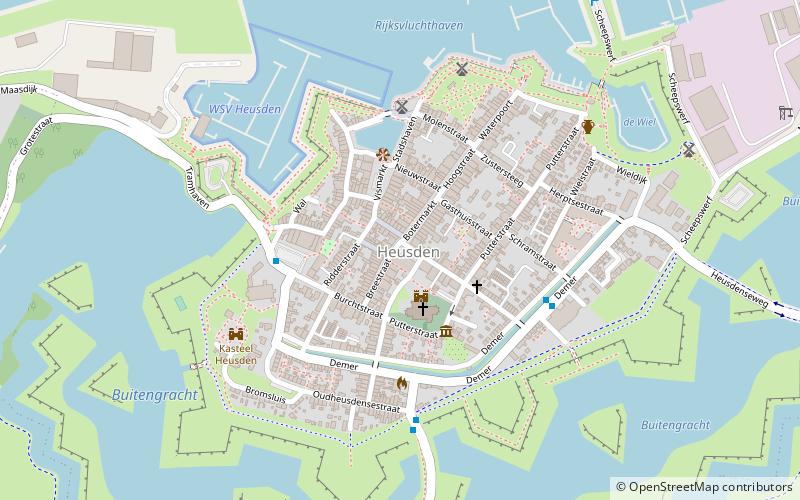Gedenkteken Stadhuisramp Heusden, Heusden


Facts and practical information
The City Hall disaster in Heusden took place on the night of November 4-5, 1944, during the final months of World War II in the southern Netherlands. As the Allies advanced into Brabant, the Germans sought refuge behind a new line. They blew up the highest points, the town hall of Heusden and two church towers of Heusden. The Germans did the same elsewhere, in order to prevent the Allies from using high buildings as observation posts after they had withdrawn across the river Maas.
Many Heusden citizens hid in cellars from the shellfire of the British. Heusden had become a front city. 200 people had found shelter in the cellars of the 16th century city hall. In the night of 4 to 5 November 1944, the Germans blew up the tower of the Town Hall unannounced. The entire Town Hall collapsed and 134 men, women and many children perished. At the time, this was 10% of the total population. The tower of the Catharine Church, the Catholic St. Catharine Church, the Lutheran Church and the mill were also blown up. Less than four hours later the Scottish tanks drove into Heusden. In nearby Herpt the Trudokerk and in Hedikhuizen the Lambertuskerk were destroyed.
Heusden
Gedenkteken Stadhuisramp Heusden – popular in the area (distance from the attraction)
Nearby attractions include: Heusden Canal, Gouverneurshuis, de Wiel, Molen I.






